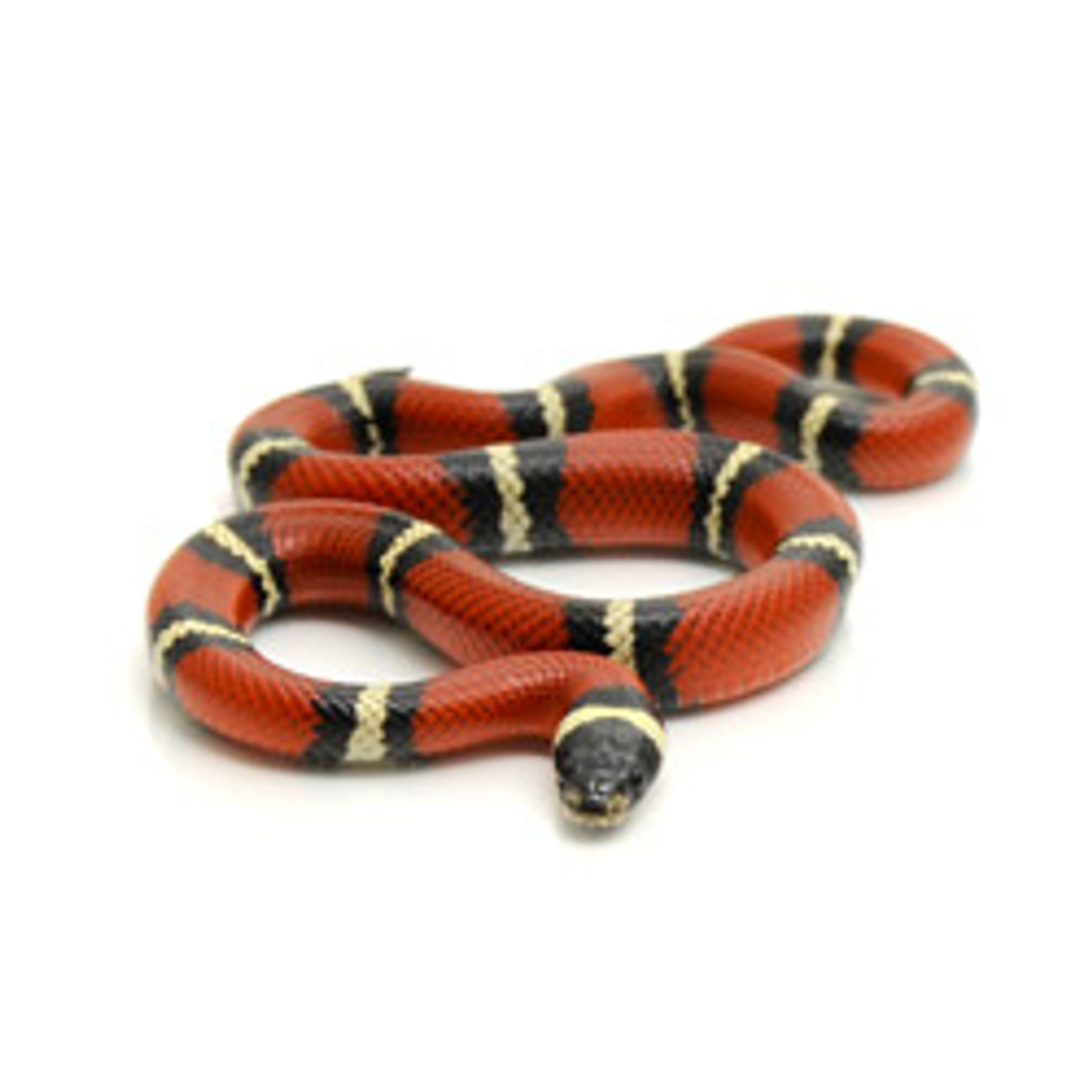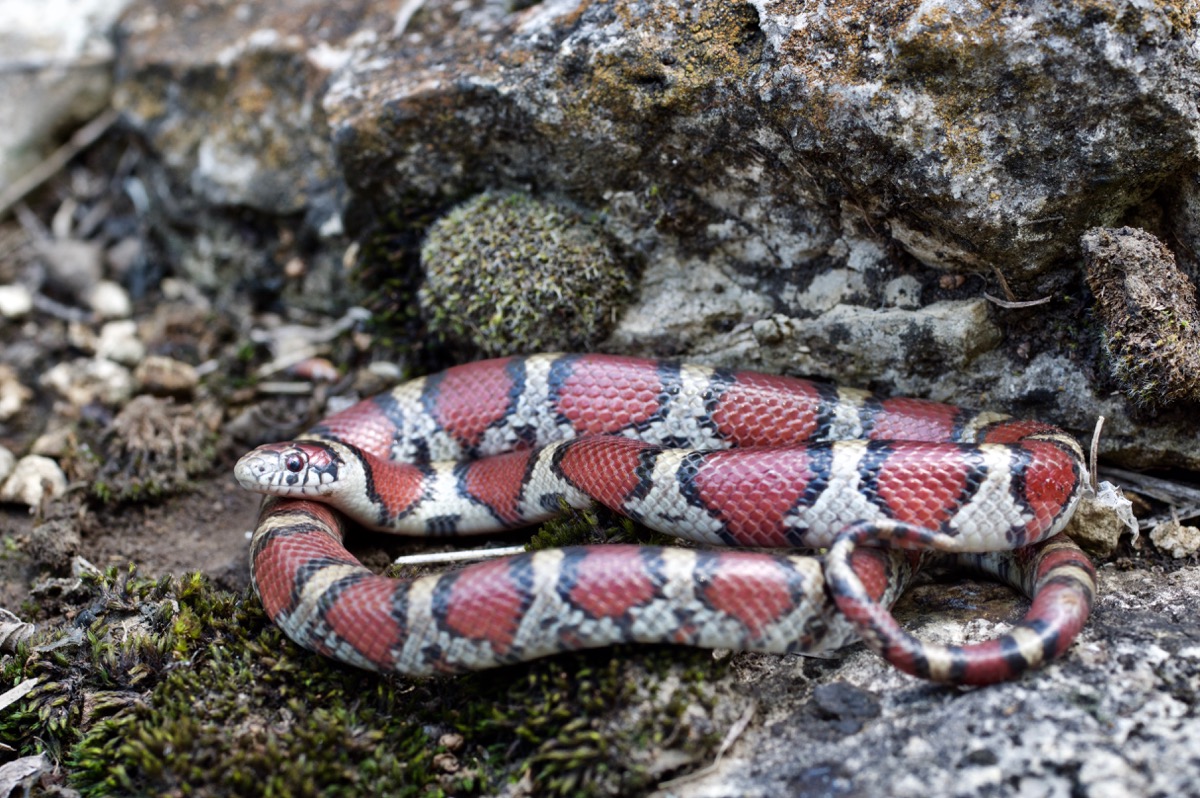
In this region they can thrive in a variety of habitats both natural and human influenced, but prefer heavily forested areas with access to open edge habitat (where the forest meets and open area like a feild) for thermoregulation (keeping the body the right temperature through external heat).Īs autumn approaches and the temperature drops, eastern milk snakes begin preparing for hibernation by moving below the frost line. The eastern milksnake is limited to southern/central Ontario due to temperature restraints for egg laying which requires a long incubation period of 50-70 days at a constant temperature of at least 24☌. The Land Between represents a large portion of their habitat. The eastern milksnake is found from the Carolinian zone in southern Ontario to as far east as Brockville and Ottawa and north into Sudbury, with historical sightings further north into Sault Ste. Milksnakes tend to be more active at night when their preferred prey is also most active. Diet: What do they eat?Įastern milksnakes are generalists with small rodents (they help keep they our of your cottage) making up the main portion of their diet however they have been known to also eat amphibians, worms, smaller snakes, small birds, and even fish. They also have rounded heads when viewed from above (in contrast to the Massasauga rattlesnake) and often have a white Y or V shaped pattern on the top of their head/neck. They have red-brown blotches that are outlined in black all along their bodies (on their backs they have larger blotches and one or two rows of smaller blotches along their sides).

These snakes also are non-venomous, shy and non-aggressive, so they are friend not foe! Species IdentificationĮastern milksnakes are long (60-90cm) thin bodied snakes with smooth and slightly shiny scales.

Milksnakes are excellent rodent hunters and help to keep rodent populations under control! Thus, more milksnakes often means less mice on your property.

As a member of the Kingsnake family, Sinaloan Milk Snakes possess some immunity to the venom of the venomous species they consume.Status: Special Concern (federally 2014) Value to Property Owners and Ecosystems: Range: Sinaloan Milk Snakes are found in the Mexican states of Sonora, Sinaloa, and Chihuahua.ĭiet: Sinaloan Milk Snakes are constrictors and consume a wide variety of prey in the wild, including reptile eggs, lizards, small mammals, and other snakes. Habitat: Dry, arid, and rocky semi-desert environments. Lifespan: These snakes can live up to 20 years in captivity. The Sinaloan Milk Snake closely resembles the venomous Eastern Coral Snake. They are non-venomous, though they display what is known as aposematic mimicry – color patterns resembling that of a venomous animal. Photo: Johnathan Dosterĭid you Know? The common name “milk snake” originated from the false belief that these snakes drank cows’ milk.ĭescription: Sinaloan Milk Snakes have red bands that are separated by smaller black and yellow bands. He serves an ambassador for snakes in our education programs, acting as a bridge in our programming to connect people with snakes and teach them about our local species, such as the Eastern Milk Snake. We acquired Sonora in 2017 as an adult snake after he was relinquished by his previous owner.


 0 kommentar(er)
0 kommentar(er)
